
Winning the War on Talent: A Long-Term Approach to Labour Hire
In today’s fast-paced and competitive business environment, attracting and retaining top talent is more important than ever. As companies strive to stay ahead of the…

In today’s fast-paced and competitive business environment, attracting and retaining top talent is more important than ever. As companies strive to stay ahead of the…
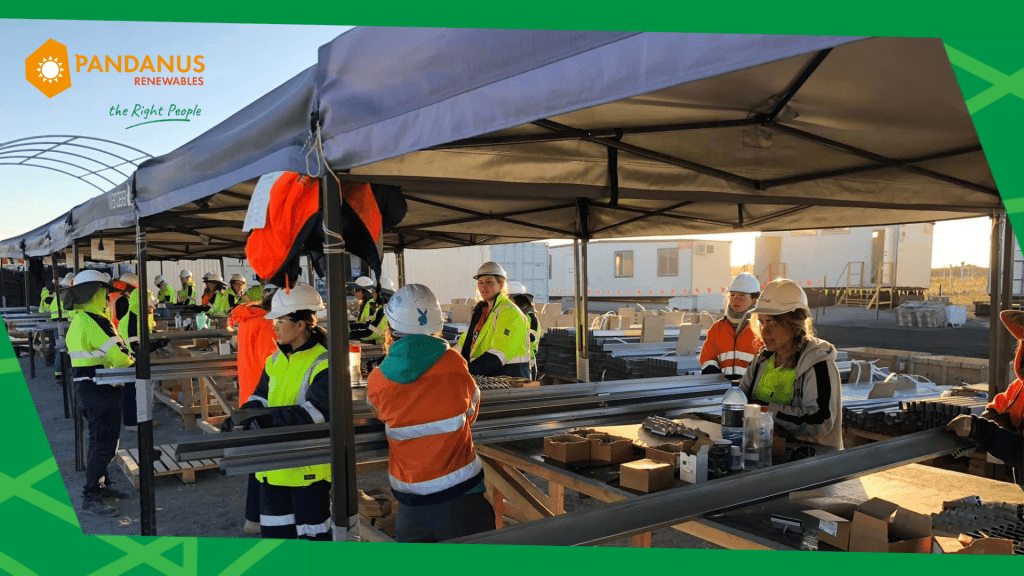
The renewable energy sector, particularly large-scale solar farm construction, is experiencing an unprecedented boom. However, one of the significant challenges facing this growth is securing…
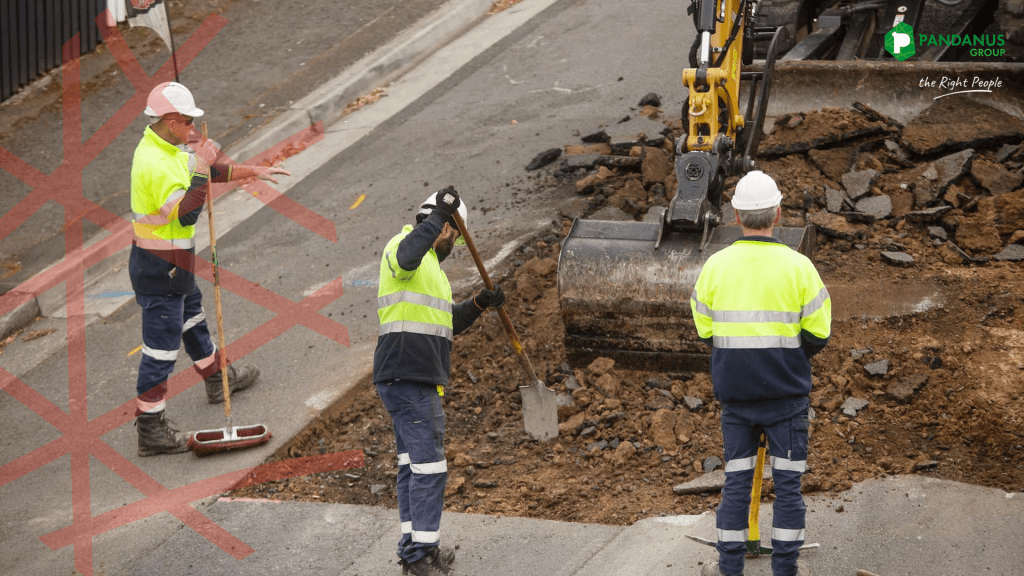
Major infrastructure projects are the backbone of economic growth, delivering the roads, bridges, and facilities we rely on every day. Yet, beneath the visible progress…

The transient workforce, characterized by short-term or project-based employment, has become a cornerstone of modern industries, especially in sectors like construction, infrastructure, and mining. While…
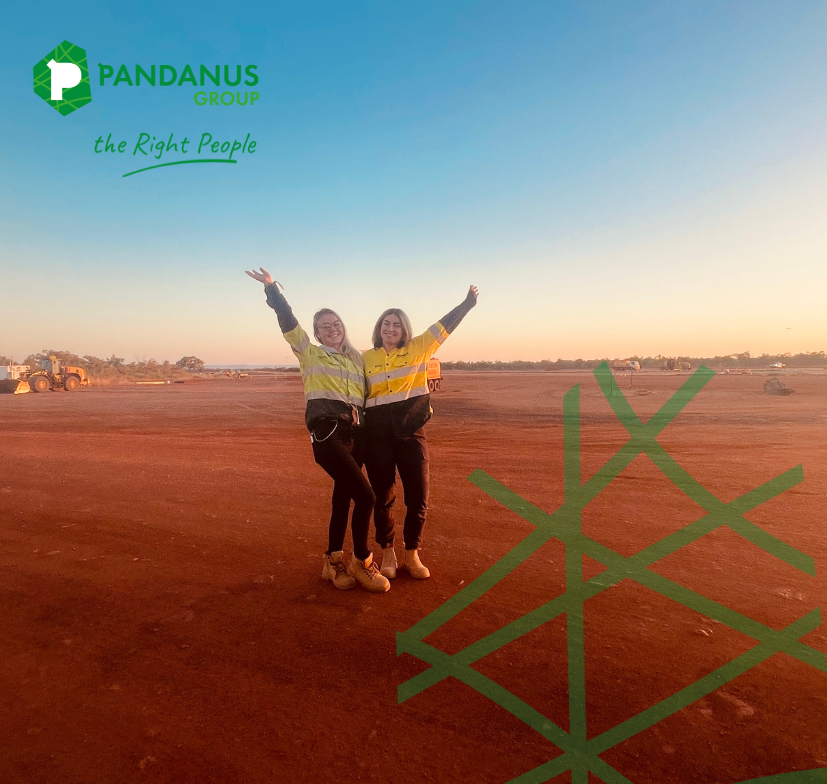
A Guide to Making Remote Work Compelling As Australia’s infrastructure and resource projects expand into remote regions, attracting skilled professionals to these unique locations has…
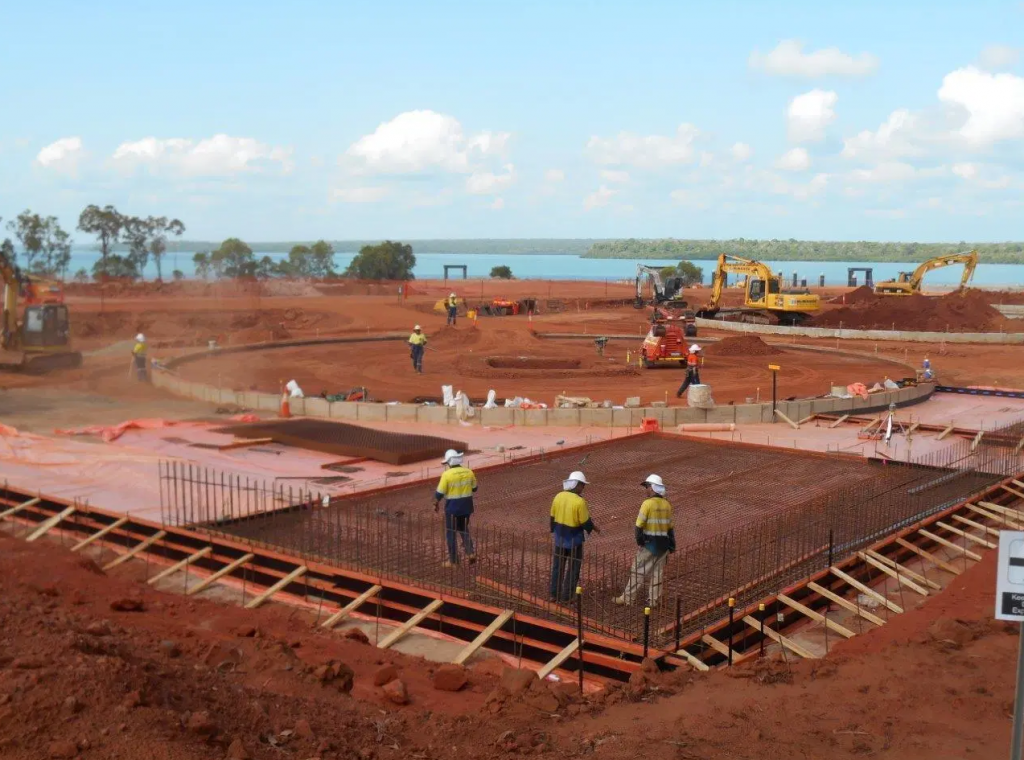
As most of my colleagues across my network will contest to; I am ever-so passionate about an increase in Indigenous involvement across all employment and…

Having been engaged within the Indigenous sector, in both the Northern Territory and Queensland for well over a decade now, I have seen my fair…
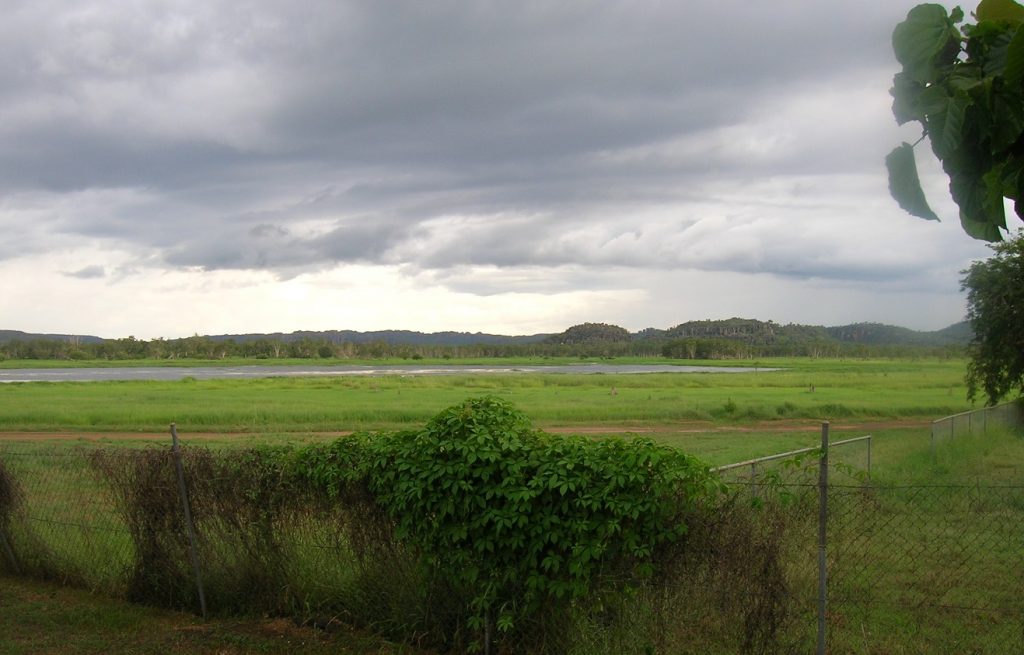
Pandanus Workforce Solutions specialises in Indigenous engagement strategies, project management and other specialised services providing a solid foundation to build a culturally capable workforce. This…
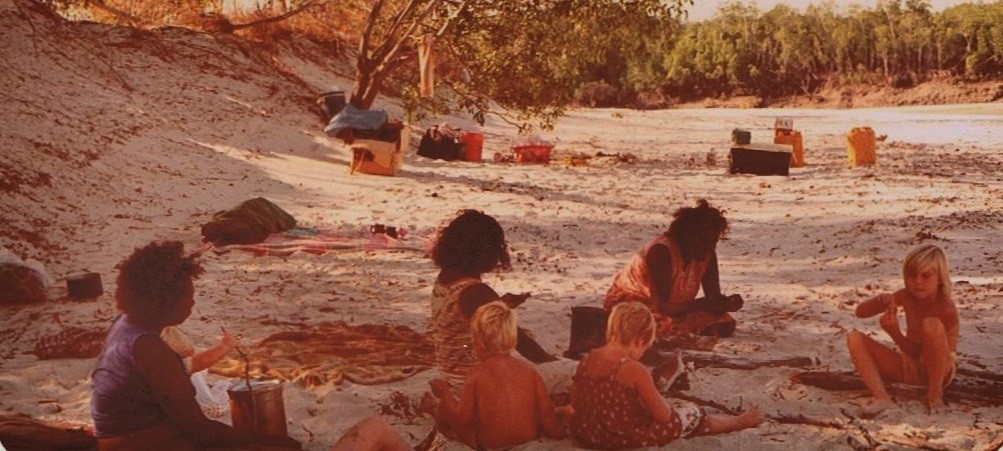
It has certainly been a while since I had the ability to sit down and put together my thoughts on the much debated and at…